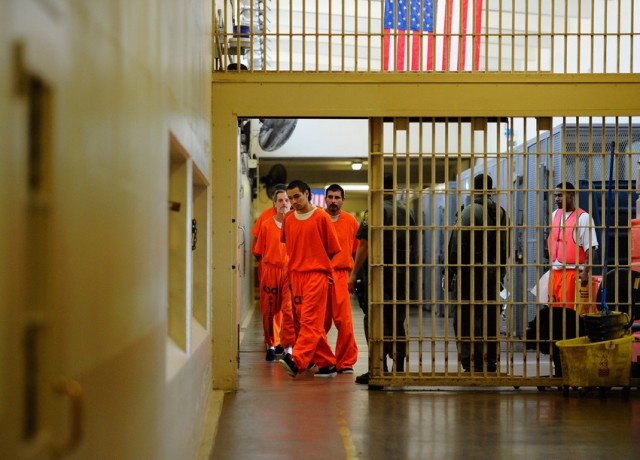
The latest report on a California initiative to release inmates sentenced to life in prison for nonviolent crimes under the state’s three-strikes law shows a striking trend appears to be holding up: Far fewer of the former three-strikers are being sent to prison again for new crimes compared with other recently released inmates.
Stanford Law School’s Three Strikes Project says 1.3 percent of the 1,600 or so nonviolent three-strikers released since Proposition 36 passed in 2012 have gone back to state prison. That compares with a recidivism rate of 30 percent for all state prison inmates released during the same period. A report from the Stanford project last fall, which focused on the first 1,000 three-strikers freed under Prop. 36, found that 2 percent had reoffended and gone back to state prison.
“The Prop. 36 group of inmates being released really turns out to be the safest group of people to release in the entire prison system,” says Michael Romano, director of the Three Strikes Project.
More than 4,000 inmates in California were serving sentences disproportionate to their crimes under the old three-strikes law, Romano says, adding that many of them suffer from mental illness.
"People who have committed their crimes because they are very sick and had no other option, except to basically treat themselves with drugs and get into a spiral of criminal conduct," Romano says. "I think we have come to a point in the state's history where, instead of punishing these people, we learn that these people deserve our help and assistance."